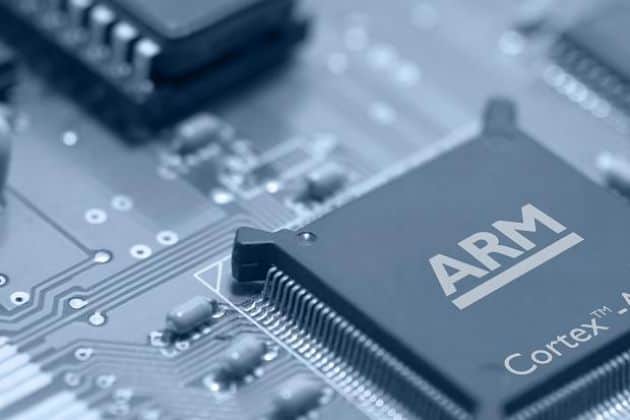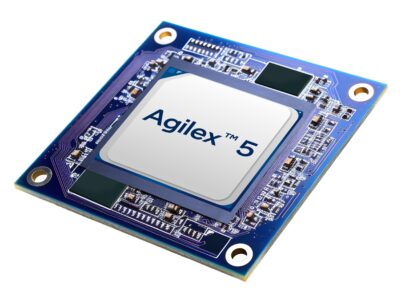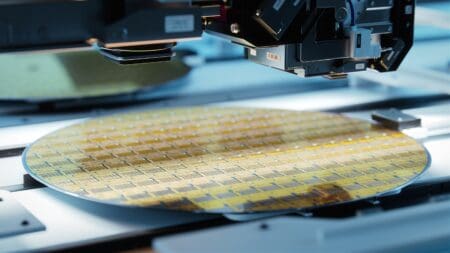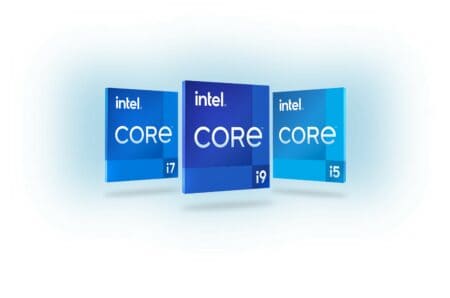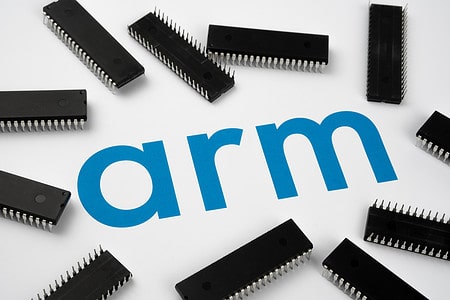Arm launches two new offspring in his Neoverian-line-up. With the new chips, the chip manufacturer is responding to the criticism of the first versions of Neoverse.
Arm launches two new Neoverian chips. The chips are built on the Neoverian 7 nm platform. This is the successor to the Cosmos platform, on which the first generation was developed. Specifically, ARM is launching desings for the Neoverian N1 and the Neoverian E1.
Server chip
The Neoverian N1, codenamed Ares, is a powerhouse designed to support a scalable cloud-to-edge infrastructure. The chip is 60 percent faster than its predecessor, and that’s an unexpected leap. In its original roadmap, ARM only aimed for performance gains of 30 percent per generation, but after criticizing what some thought were disappointing first-generation performance, the chip designer decided to go a step further.
The N1 is a variant of the Cortes A-76, specially developed for use in data centres. Arm puts the SoC on the market as a thoroughbred server ship. The biggest changes in terms of the consumer version have to do with the structure of the cache and the way in which the chip appeals to memory. Arm thus meets the challenging and high demands of a server environment.
Moving data
The Neoverian E1, Helios for the friends, has a different purpose. Where the N1 is a calculating chip, the E1 is meant to be able to very fast and to relay a lot of data. With the chip, Arm meets the IOT-reality, whereby more and more data has to be generated and therefore also moved. The ambition of the chip is to do this in a fast but also economical and cost-efficient way.
Arm himself doesn’t bake chips: it works out designs. It’s up to OEMs to get started with those designs, and build hardware chips effectively. Arm gives them the necessary flexibility. For example, it is perfectly possible to expand the N1 design with, for example, accelerators for more AI-focused workloads.
Challenging market
The first processors based on the Arm-designs should be available by the end of this year. It remains to be seen whether the chips will be sufficient for Arm to cut a piece of the server cake for himself. Arm fights against dominant Intel, which itself is already challenged by AMD. Both manufacturers build x86 chips, which are much more popular than chips based on the Arm architecture. That’s not to say that there’s no room for other hardware, but Arm isn’t a pioneer there either. IBM has been serving such a niche for years with its Power-cpus.
Related: Amazon Web Services offers Arm servers on cloud platform
This news article was automatically translated from Dutch to give Techzine.eu a head start. All news articles after September 1, 2019 are written in native English and NOT translated. All our background stories are written in native English as well. For more information read our launch article.